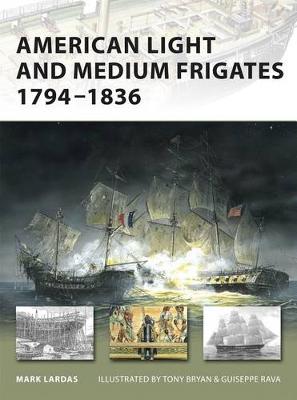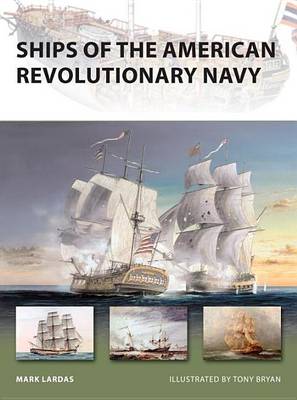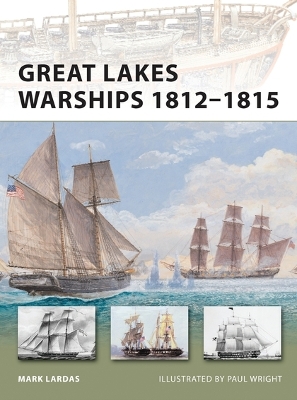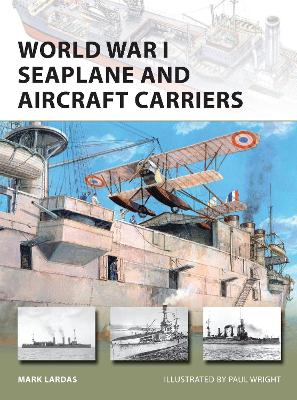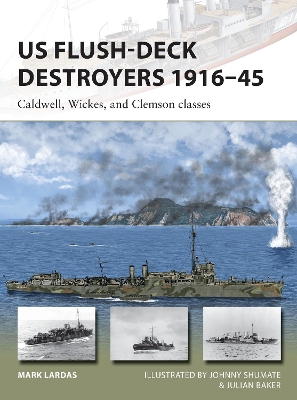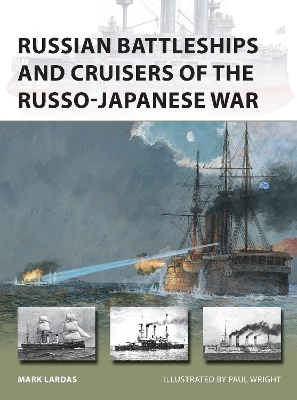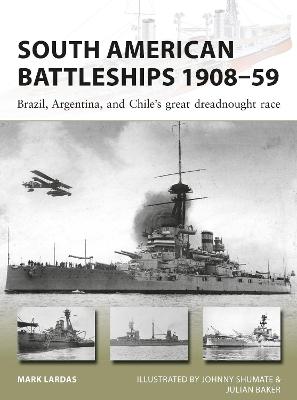New Vanguard
7 primary works • 9 total works
Book 79
Book 147
Book 161
Book 188
Book 238
Book 259
They were deployed on North Atlantic and Norwegian Sea convoys, and virtually everywhere in the Pacific, from Alaska to Australia. Fifty were given to Great Britain in its hour of need in 1940, and many would serve in other navies, fighting under the Soviet, Canadian, Norwegian, and even the Imperial Japanese flags. They also served in a variety of roles becoming seaplane tenders, high-speed transports, minesweepers and minelayers. One was even used as a self-propelled mine during Operation Chariot, destroying the dry dock at St. Nazaire.
Fully illustrated throughout with commissioned artwork and contemporary photographs, this volume reveals the operational history of these US Navy ships that fought with distinction in both World Wars.
Book 275
It discusses in detail their design and development between the years of 1885 and 1905, concentrating particularly on battleships and cruisers. The book explores, in depth, the mutually influential relationship between Russian and foreign warship design, as Russia progressed from a reliance on foreign designs and shipyards towards an ability to produce its own influential ships, such as the Novik. The title also outlines the gripping operational history of the Russian warships which participated in the Russo-Japanese war, tracing their activity before and during the combat, as well as the post-war fate of those ships which were bombarded, scuttled, captured, or salvaged.
Packed with contemporary photography and full-colour illustrations, this title offers a detailed and definitive guide to the design, development, and destiny of the Russian warships which battled the Japanese in the Eastern seas.
In the process, the South American dreadnought mania drove the three participants nearly into insolvency, led to the bankruptcy of a major shipyard, and triggered a chain of events which led Turkey to declare war on Great Britain. It also produced several groundbreaking dreadnought designs and one of the world's first aircraft carriers.
Despite the Navy's initial reservations, these ships did yeoman service during World War II, fighting in both the Atlantic and Pacific, taking on both U-boat and Japanese submarines and serving as the early warning pickets against kamikazes later in the war. They also participated in such dramatic actions as the Battle of Samar (where a group of destroyers and destroyer escorts fought Japanese battleships and cruisers to protect the escort carriers they were shielding) and the capture of the U-505 (the only major naval vessel captured at sea by the US Navy). The destroyer escorts soldiered on after World War II in both the United States Navy and a large number of navies throughout the world, with several serving into the twenty-first century. This book tells the full story of these plucky ships, from their design and development to their service around the world, complete with stunning illustrations and contemporary photographs.

